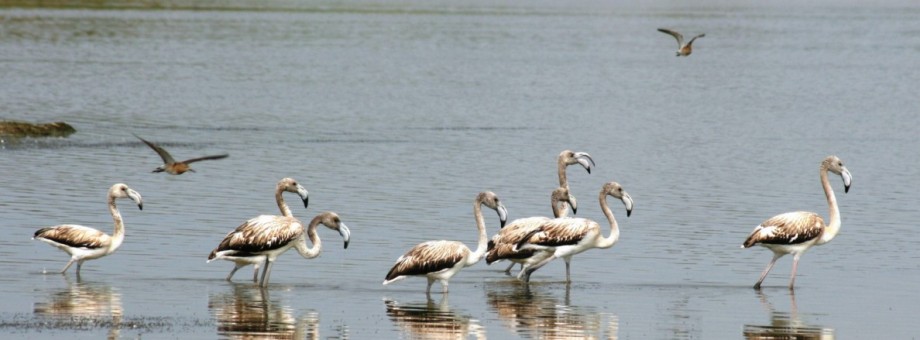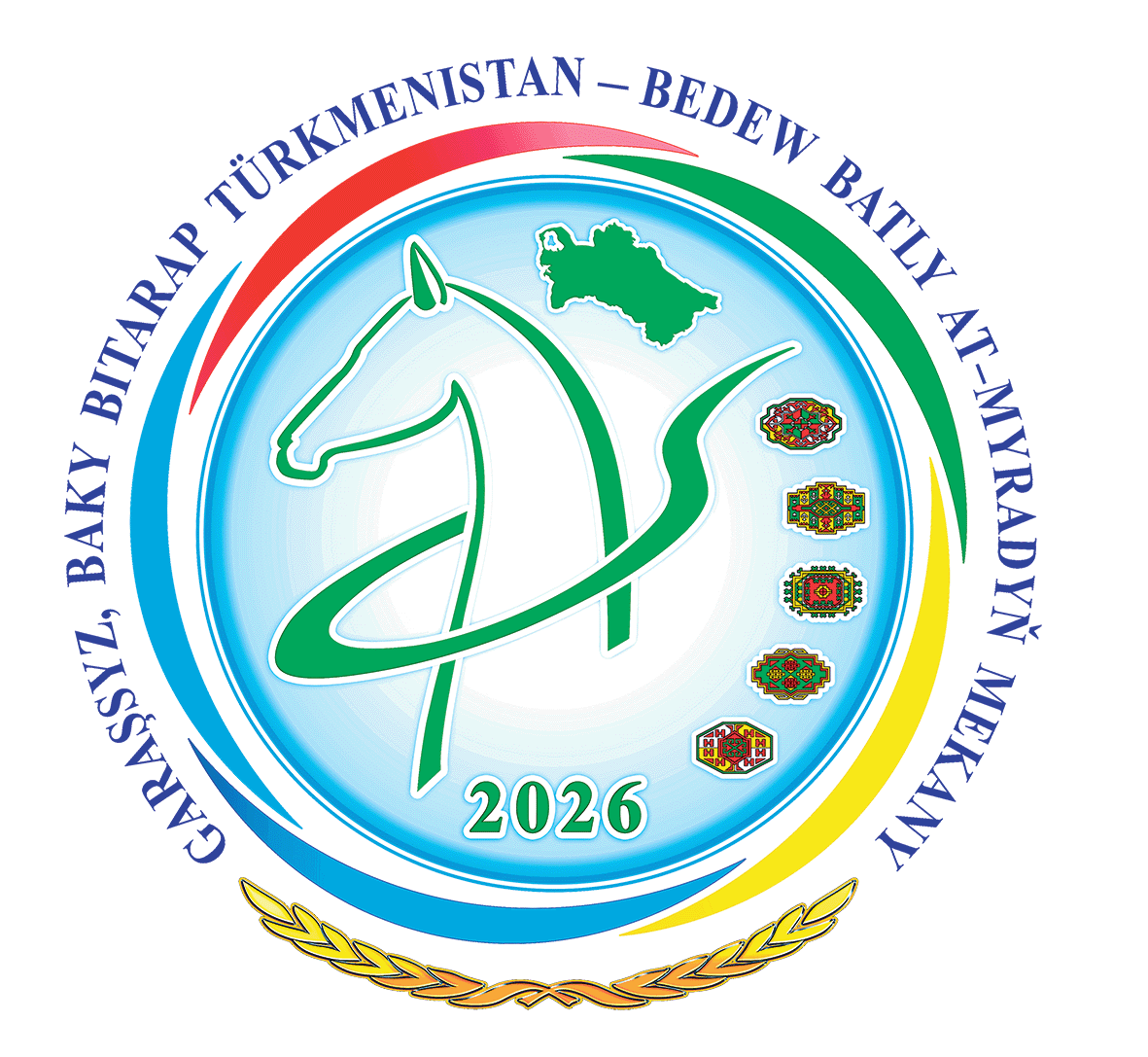THE RAMSAR CONVENTION – 50 YEARS OF INTERNATIONAL COOPERATION TO PRESERVE BIODIVERSITY

The Ramsar Convention – the Convention on Wetlands of International Importance, especially as Waterfowl Habitat was signed 50 years ago, on February 2, 1971. The Ramsar Regional Center – East Asia (RRC-EA) was adopted in 2016.
The Convention on Wetlands is the oldest of the modern global intergovernmental environmental agreements. The treaty was negotiated through the 1960s by countries and non - governmental organizations concerned about the increasing loss and degradation of wetland habitat for migratory waterbirds.
Chair of the RRI-CA Coordination Committee Eldar Rustamov, member of the working group on the implementation of the Ramsar Convention in Turkmenistan tells about the principles and objectives, in frames of which the participants in international treaties carry out their work to protect waterfowl habitats.
The Ramsar Convention provides a framework for cooperation at the national and international level to preserve and wisely use wetlands and their resources.
There are 19 Ramsar regional initiatives covering regions of the Mediterranean, Asia, Africa, and South America.
The Ramsar Regional Initiative for Central Asia (RRI-CA) is one of the youngest among them. The initiative is chaired by the RRI-CA Coordination Committee (CC RRI-CA), including focal points of the Ramsar Convention, leading ornithologists and ecologists of the region and other experts in wetlands and waterfowl, as well as observers from partner organizations (IUCN, WWF). The representative of Turkmenistan (E.A. Rustamov) was elected as the Chairman of the CC RRI-CA on a voluntary basis.
In recent years, RRI-CA has prepared a number of important projects that helped the countries of the region fulfill their obligations under the Ramsar Convention, brought together specialists, enthusiasts and people, interested in preserving clean water bodies throughout the region. Information on how local communities conserve and manage water resources in hot climates was collected. Trainings were held on two sites - Issyk-Kul Lake in Kyrgyzstan and Tengiz-Korgalzhyn Lake System, where the most effective work is carried out, to disseminate their experience among specialists from other Central Asian countries. The project for rapid assessment of selected wetlands in Kazakhstan, Kyrgyzstan, Turkmenistan and Uzbekistan was completed. All countries have prepared scientific descriptions for the inclusion of new territories in the Ramsar List.
Out of seven sites in Turkmenistan, which were nominated for the Ramsar List in 1975 as habitats for birds of international importance and existed until 1992, only one is currently nominated - the Turkmenbashi Bay. Among the territories nominated for the Ramsar list are the Altynasyr Lake, Altynkel Lake, Kelif-Zeyit wetland system among others.
Over the past decade, experts of the Working Group on the implementation of the requirements of the Ramsar Convention in Turkmenistan have taken an inventory of almost all wetlands that, in one way or another, fall under the criteria of the Ramsar Convention. At present, experts are completing the nomination dossiers not only for Altynkel Lake, but also for the Turkmen Bay, Altyn Asyr Lake, Soltandag-Kyzylburun Lake and Yeraji-Kattashor Lake. Particular attention is paid to the reservoir named after the 15th anniversary of independence of Turkmenistan with the Kelif lakes, where ecosystems are studied within the framework of the World Wildlife Fund project.
The 13th Meeting of the Conference of the Contracting Parties to the Ramsar Convention on Wetlands (COP13, in Dubai, UAE, October 2018) focused on preservation of wetlands in their region - “Conservation of wetlands in Central Asia: challenges, threats and opportunities ”. The participants shared their experience in solving similar problems and suggested possible solutions for cooperation and implementation of regional projects.
Within the framework of the Ramsar Convention, the member-countries of the African-Eurasian Migratory Waterbird Agreement (AEWA) that Turkmenistan joined in 2020, are interested in developing proposals for large projects for the conservation and sustainable use of water bodies in Central Asia. The basis for the implementation of the relevant AEWA projects should be information on the existing needs in the field of conservation and use of bird habitats, including in Turkmenistan, where many different water reservoirs have appeared in the desert zone over the past decades.
Water resources of Central Asia are the main environmental, economic and, as a result, political factor. The environmental policy of the countries in the region should focus on strengthening inventory and monitoring of bird habitats. In this area, it is necessary to develop cooperation to attract necessary resources for sustainable management of territories and their components, where RRI-CA can become a good tool for solving many problems.
Recorded by Vladimir KOMAROV


 NEWS
NEWS